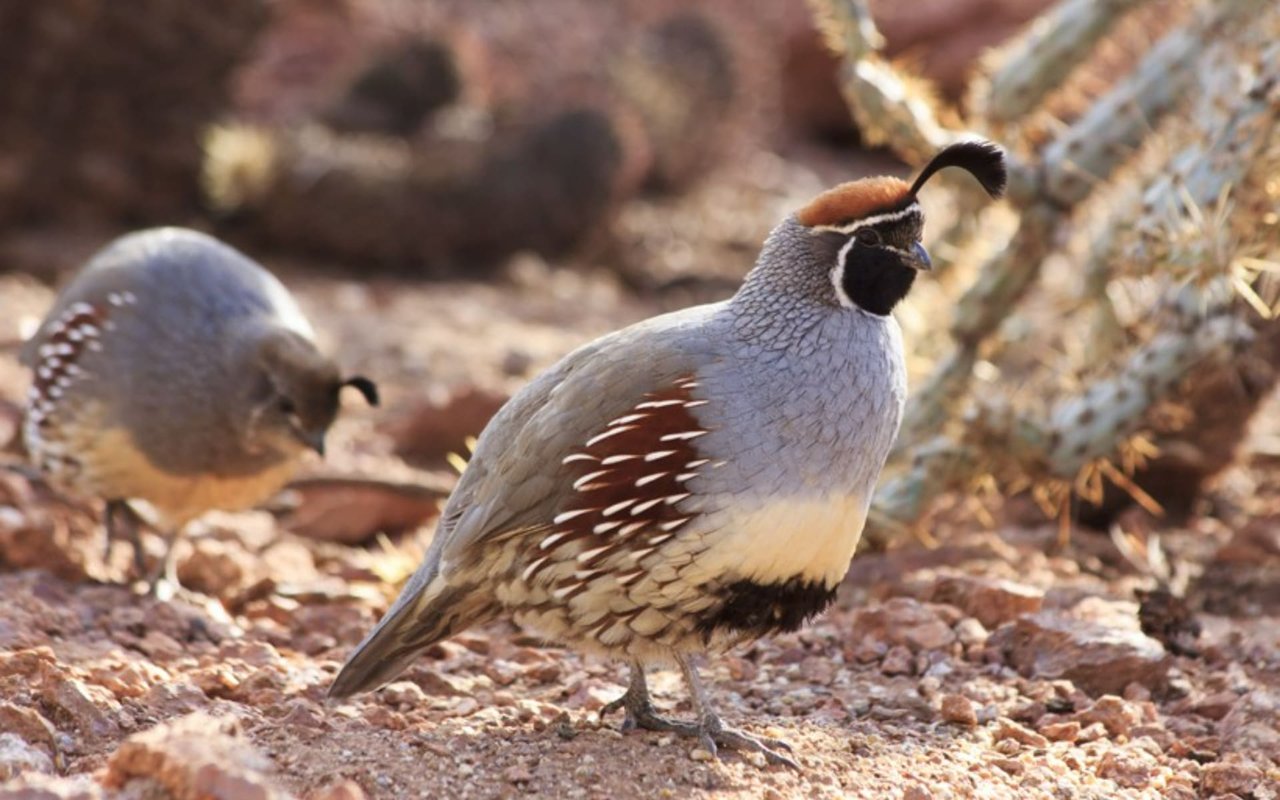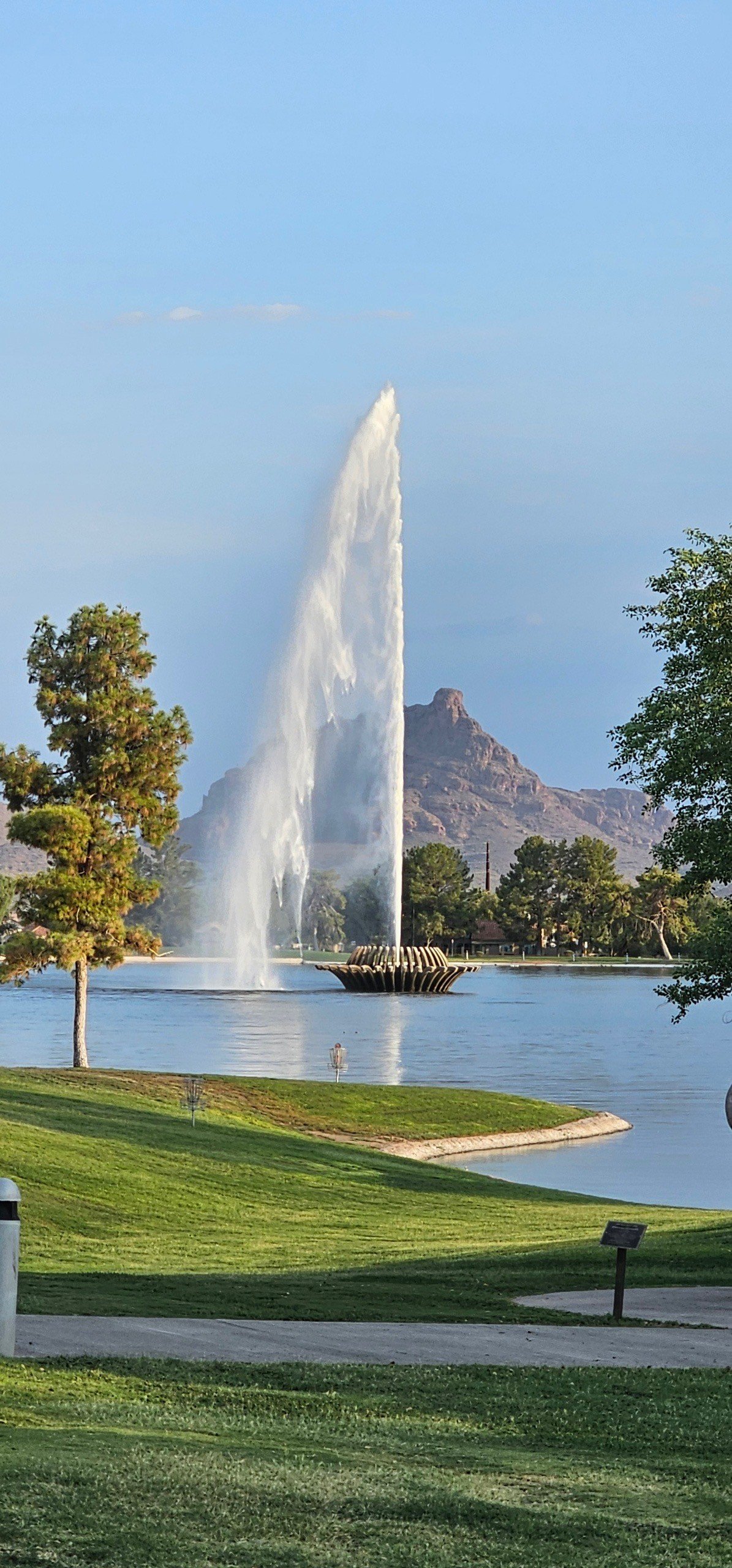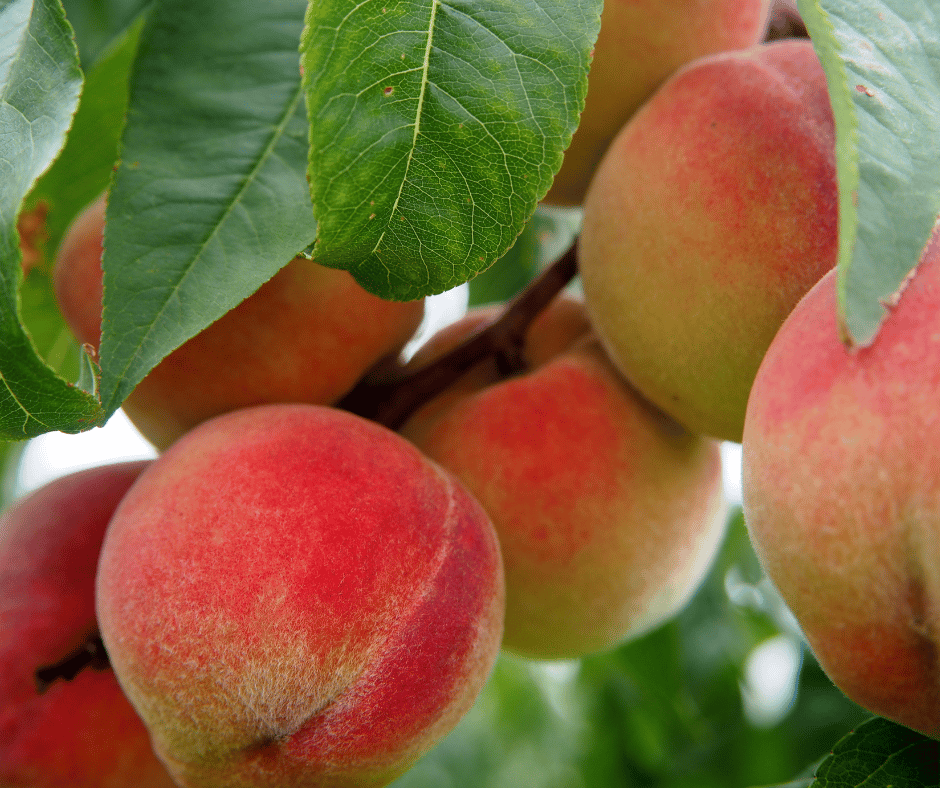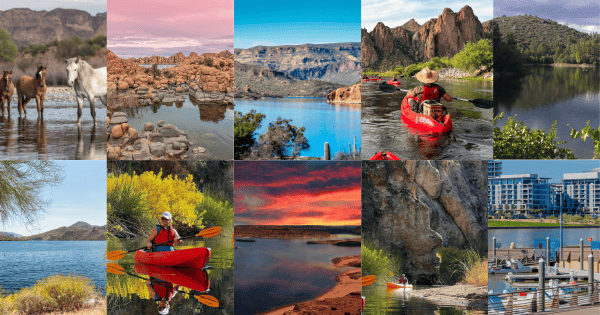Here in the McDowell Mountains, our family looks forward to the springtime when the quail come out with their babies. At first, the tiny babies appear like little fuzzy flurries a bit larger than a bumblebee.
The baby quail are adorable, scurrying to keep up with Mom and Dad and crossing the formidable desert terrain where even a stone can dwarf them and provide challenging obstacles to overcome.
Every once in a while you’ll see a covey try to cross a street or road, and inevitably one of the little guys will find it difficult to scale the edge of the curb, (although you’ll find many streets in the area have gently sloping, rolled curbs, aiding their passage.)
We desert dwellers are so fond of the little guys, you’ll often see traffic stop as someone tries to assist a family on its way.
A Gambel's Quail Nest - Woohoo
Later, the adolescent quail provide more entertainment (as teenagers will!) as they get bolder and test their wings. The entire covey will usually try to cross the street together, chittering and chattering along the way and often right in front of an oncoming car!
When that happens, there’s a flurry of inexperienced flyers who all realize they are in danger and they go everywhere! Experienced residents learn to drive carefully through neighborhoods in anticipation of the wild Quail Dash!
Quail are small, compact birds, with a short, stout bill. The head is often crested, giving the males a very regal look. Their plumage is usually brightly marked with brown, buff, yellow, red, gray, black, and white. They eat mainly seeds and insects.
There are 6 species of quail found in North America and The Gambel Quail is the one you will most often see in the McDowell Mountains. They lay 4-15 white or brown-spotted eggs that will incubate for 21-24 days.
The Gambel Quail builds a nest often under vegetation so as to be shaded at midday or, occasionally, up to 10 feet above the ground in an old nest of a Roadrunner, Curvebill Thrasher, or Cactus Wren.










